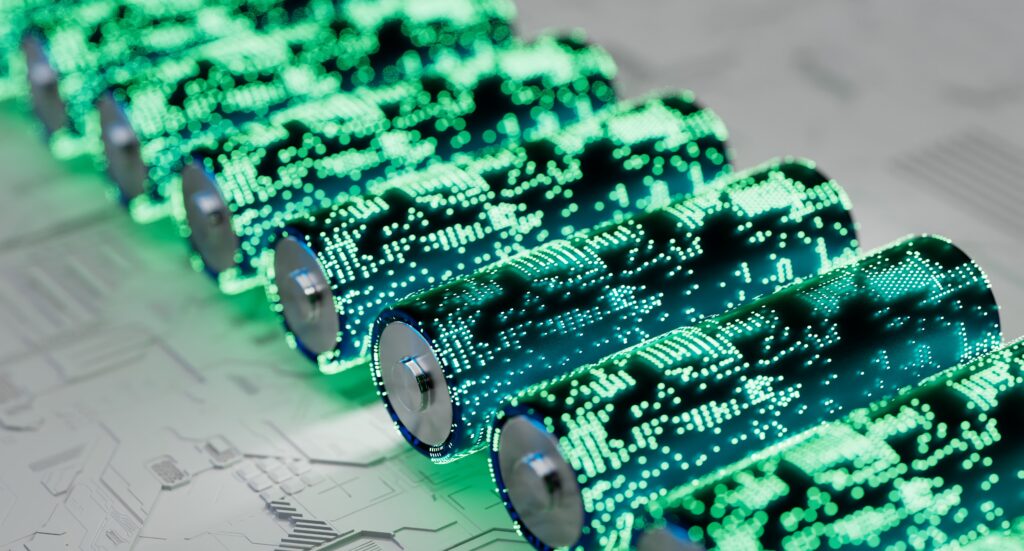Iontra Technology to Eliminate 100M Tons of CO₂ emissions
Thought Leadership
Iontra Technology to Eliminate 100M Tons of CO₂ emissions — Without Modifying a Single Battery
CENTENNIAL, Colo., June 25, 2025 /PRNewswire/ — Iontra Inc., a leader in advanced battery charging technology, today announced the release of a third-party greenhouse gas (GHG) impact assessment conducted by New Energy Nexus. The report highlights that over 100 million tons of CO2 emissions can be reduced with Iontra’s proprietary charging technology over the next decade across consumer electronics, e-mobility, and industrial applications.
At a time when industries are focused on decarbonizing and extending product life cycles, Iontra’s solution unlocks significant, measurable climate benefits without requiring hardware overhauls or major infrastructure changes. The analysis from New Energy Nexus outlines how extending battery cycle life with Iontra’s platform reduces the total number of batteries manufactured, used, and discarded—resulting in significant GHG reductions across device categories.
About Iontra
Founded in 2013, Iontra is a deep-tech Colorado-based fabless semiconductor and software solutions company that dramatically improves the charge speed, cycle life, capacity utilization, cold weather charging, and safety of all Lithium batteries. The company has offices in Denver, CO, Dallas, Texas, and Bangalore, India. To learn more, visit iontra.com.
Media Contact
Scott Tims/Bradlee Borgfeldt
Iontrapr@piercom.com
Iontra Website: https://iontra.com/












